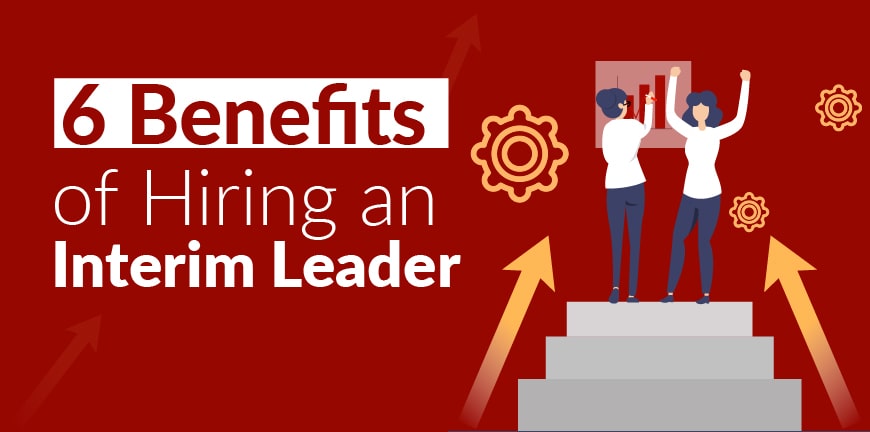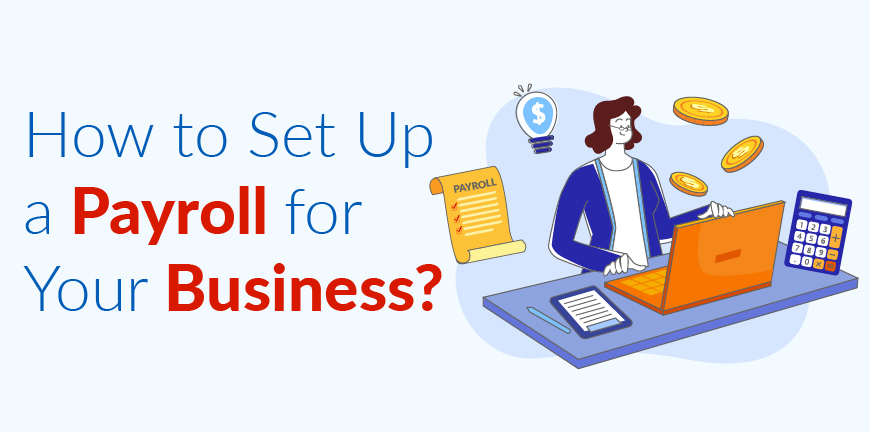
Top 6 Benefits of Hiring an Interim Leader
19/02/2024
The Evolution of NAPS to Something Bigger: Will it Succeed?
26/02/2024What can a payroll setup do? A payroll setup does the tracking of hours worked by the employee and calculation of employee pay in addition to disbursing the payment to the account of the employee. It is also about how the payment must be made – by cheque, cash or a bank transfer and how frequently it must be made too. So, as a you can see, a payroll setup is more than just paying your employees the salary due to them. And to have a great payroll, a good payroll setup checklist is mandatory.
Importance of Payroll for a Business
A great payroll setup is very important for your business and helps push the envelope for employee engagement. A good payroll system also ensures that the employees stay loyal to the company, without resorting to lawsuits. When your employees are paid accurately for their efforts and on time, they become brand ambassadors for your company, helping its brand reputation.
What is Payroll Setup?
The administration of the financial records of employees including their salaries, wages, net pay, deductions etc. is part of payroll setup. To get the payroll setup right, a payroll policy must be in place, the employee information must be accurate and the processes to calculate the payroll and to report on it must be up to date.
Payroll Setup Checklist
No matter how you choose to run payroll, the setup is basically the same. You will need to provide central and state authorities with details of the nature of your business and in which sector you operate. You must hold the necessary documents for tax deduction and payment of taxes. You must have all the employee information procured and stored in a secure manner and the method for payroll calculation must be accurate too. Here are the steps in the payroll setup checklist in more detail.
Step 1 – Create a payroll policy and win support from stakeholders
A payroll policy covers the administration of payroll to the employees of the company, given their hours worked, tasks completed, salary due and the leaves and absences and other special clauses. This policy helps place control over the entire payroll process and defines how it should work for each employee and what to expect on payday. It also helps identify the stakeholders in the payroll process and who takes on what responsibility.
Step 2 – Apply for a PAN
This is the second step in payroll setup. In the eyes of the government, taxpayers are identified by their PAN. PAN is mandatory for all individuals who pay taxes in India. Obtaining a PAN (permanent account number) is compulsory for every individual. Most transactions in India are monitored using a PAN. Therefore, a registered company must have a PAN too. Once approved, the PAN is permanent and there is no way to cancel it.
Step 3 – Apply for a TAN
Companies are not only taxpayers to the government but also tax deductors for their employees on behalf of the government. As a registered tax deductor, a company would need to apply for a TAN (tax deduction or collection account number). To apply for a TAN, a company must provide a Form 49B to the government. This is perhaps the most important point in a payroll setup checklist for a business in India.
Step 4 –Make sure you are registered with a valid license
Make sure your business entity is registered under the Shops and Establishments Act where the rules for different states vary. For any kind of tax deductions, you must be a registered establishment under this act. The act also affects the payment of salaries, wages, total deductions, other benefits etc.
Step 5 – Collect employee documents
Then begins the responsibility of HR to collect the documents that will be necessary for payroll from employees on the day of onboarding. The following are a list of documents that must be collected form every employee at the time of joining.
PAN and Aadhaar Card
In India, the PAN card itself serves to verify the background of the employee and to understand their eligibility for employment. As a further proof of identity and permanent address on a national level, Aadhaar is also very useful.
Form 16A from previous employer
Also, the employer must secure the Form 16A for the employee from the previous employer. Form 16A is the form that details the tax deductions made by the previous employer, which serves as a further proof of the salary paid and the employment history of the candidate.
Valid bank account in India for salary payment
The salary payment must be made to a valid domestic bank account in India if the employee is working in India. He/she cannot have salary credited to an international bank account. This is true for all tax residents working in India.
Step 6 – Choose pay periods
You must decide how often you want to pay your employees. Most jurisdictions in India direct employers to pay employees monthly at least. Though some organizations may rarely pay semi-monthly or even weekly as well.
The regulations regarding how often employees must be paid also gives directions for how soon they must be paid beyond the initial decided date of the salary payment. When using payroll software, there might be restrictions on how often or how many times you can make the salary credit. Make sure you use this option in a cost-effective manner.
Step 7 – Purchase health insurance
Health insurance is a central institution-regulated program that pays for medical care, rehabilitation and a portion of lost income for employees who become sick or injured on the job. Make sure the nominees are registered correctly for the health insurance as the claims may need to be attended to later.
You can purchase policies through private insurers or through government registered bodies. Workers’ health insurance deduction happens from payroll, and when a claim is made, you must file reports with your insurer and the governing body.
Another deduction is ESIC and ESIC is mandatory for employees who have salaries up to 25,000, with any disabilities present. For most private institutions where employees earn more than this, ESIC is not applicable.
Step 8 – Offer optional benefits to employees
It is benefits such as dental care plans, fuel allowance, vehicle driver pay allowance that make your company a great place to work. A portion of this cost is paid by the employees and the rest of it is paid by the company. The benefits will be offered by the company and chosen by the employee, as to what he feels would help him most.
Step 9 – Open a payroll bank account
Sometimes a business may choose to open a new bank account to pay its employees. It may choose to maintain a different bank account for payments to vendors and receiving payments from clients. Having a separate account for payroll helps prevent any confusion and helps maintain the book of accounts in a lot simpler manner for the accounting team.
Step 10 – Validate Employee Inputs
Once the different departments compile the employee inputs, the information is validated for correctness and accuracy. Only when the details are validated, the payroll processing can begin. Validation of data entries eliminates the chances of committing errors during payroll processing.
Step 11 – Payroll calculation
This brings us to the actual payroll phase in the payroll setup checklist. Once the employee inputs are validated and the bank account for payroll is setup, then begins the process of payroll calculation.
Calculate the employee net pay by deducting the taxes and other deductions due to provident fund, loans or health insurance etc. Add on the reimbursements due to the employee. Once the payroll calculation is done, we can move to the next step, which involves setting up the disbursement processes.
Step 12 – Accounting and Reporting
These activities come under the post-payroll phase of the payroll process. In accounting, the company keeps track of the salaries paid to the employees, making sure there are no discrepancies, how the insurance works etc. In the reporting phase, the company generates reports on the payroll process, helping to decide how the dues to the government must be paid too. It also generates reports on the effectiveness of the payroll process, how soon it happened and what their payroll cycles look like.
Can I Do My Own Payroll?
You can do the payroll setup all by yourself, now that you have a great payroll setup checklist. The problem is that if your business is very small, it quickly becomes a people and time-intensive job you can’t continue doing manually and by yourself if you want a turn a good profit.
This is where payroll outsourcing becomes a great deal for you. If you outsource your payroll operations to a third party, then you can save a lot of time and money and also have the accuracy, compliance and timeliness you may not have been able to achieve by yourself. Talk to Alp Consulting, an HR services partner with over 25 years of experience for all your payroll needs. We are waiting to hear from you.
Contact Us For Business Enquiry

Yugandhara V. M
Yugandhara V. M serves as the Assistant Vice President – HRO at Alp Consulting Ltd., bringing over 14 years of rich experience in Human Resource Outsourcing, payroll management, and statutory compliance. He specializes in driving process excellence across HR operations, ensuring seamless service delivery and compliance with labor laws. Yugandhara’s expertise lies in managing large-scale client engagements, optimizing HR processes, and implementing efficient workforce management systems that enhance organizational performance. He also leads comprehensive payroll services, ensuring accuracy, timeliness, and compliance for diverse client portfolios.




